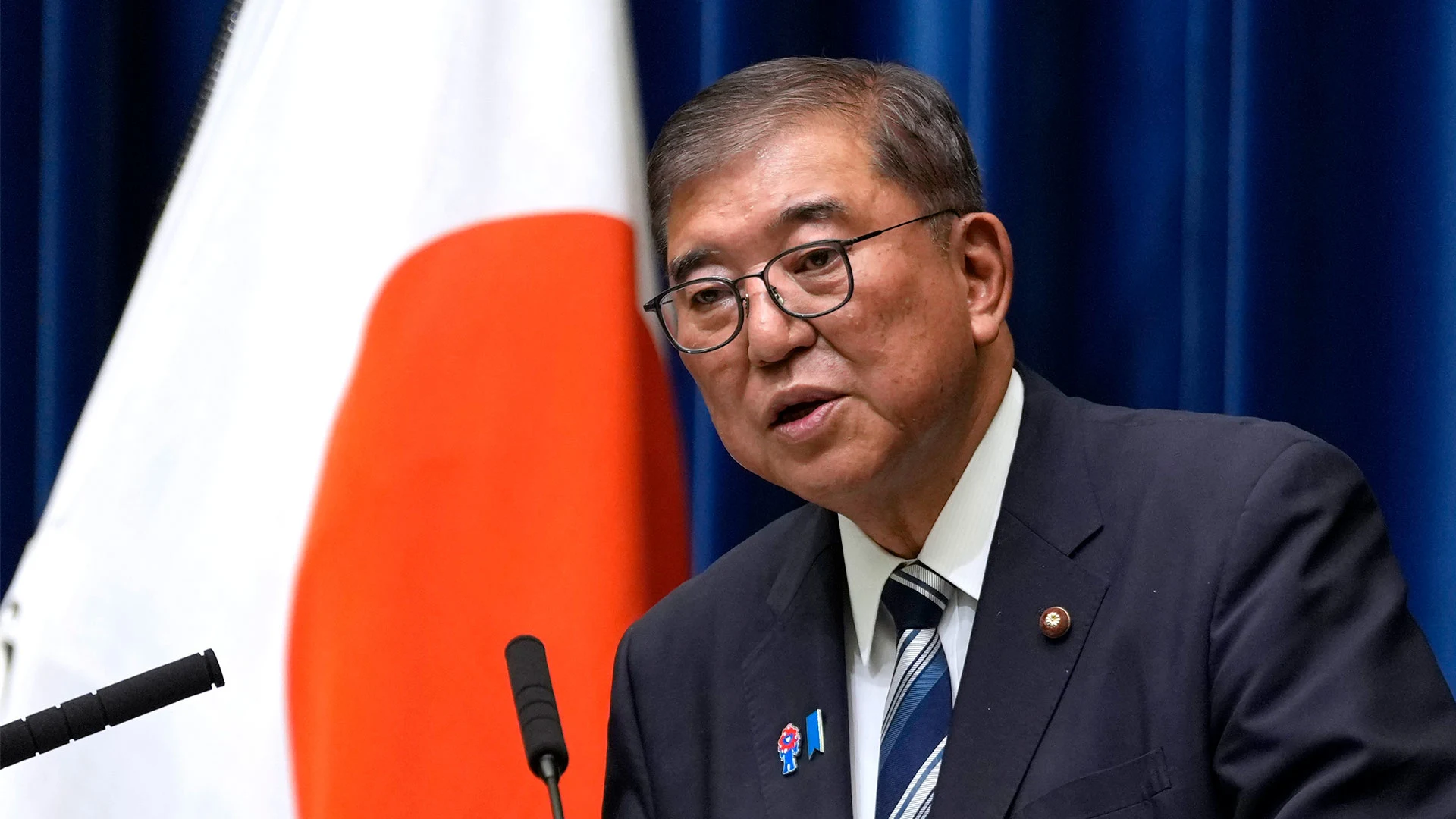
"Trade envoy Ryosei Akazawa noted that the pact setting on most Japanese exports to the U.S. at 15% was comparable to a deal between Washington and the European Union. Unlike the EU, Japan did not have to lower its tariffs on U.S. goods, he noted.Japan has also committed to investing $550 billion in U.S. projects.Trump initially set Japan's tariff rate to increase by 25%."
"Akazawa said talks with his counterpart, U.S. Commerce Secretary Howard Lutnick, Trump and others in his administration were tense at first. By the time of his eighth trip, a rapport was established enabling the two sides to set an agreement by July."President Trump was a tough negotiator, but I kept insisting, and he would listen graciously. I have all the respect for him," he told reporters at the Foreign Correspondents' Club of Japan. "It was a good round of negotiations.""
Japan accepted a tariff arrangement that sets most Japanese export duties to the United States at 15% while not reducing its own tariffs on U.S. goods. Japan committed to investing $550 billion in U.S. projects. Negotiations were initially tense, but repeated trips and developing rapport led to an agreement by July. President Trump had initially pushed Japan's tariff rate toward a 25% increase. Domestic critics dismissed repeated negotiation trips as wasteful. The tariffs significantly hurt exports: shipments to the United States fell nearly 14% in August and U.S. auto and auto parts tariffs rose to 15% from 2.5%.
Read at Fast Company
Unable to calculate read time
Collection
[
|
...
]